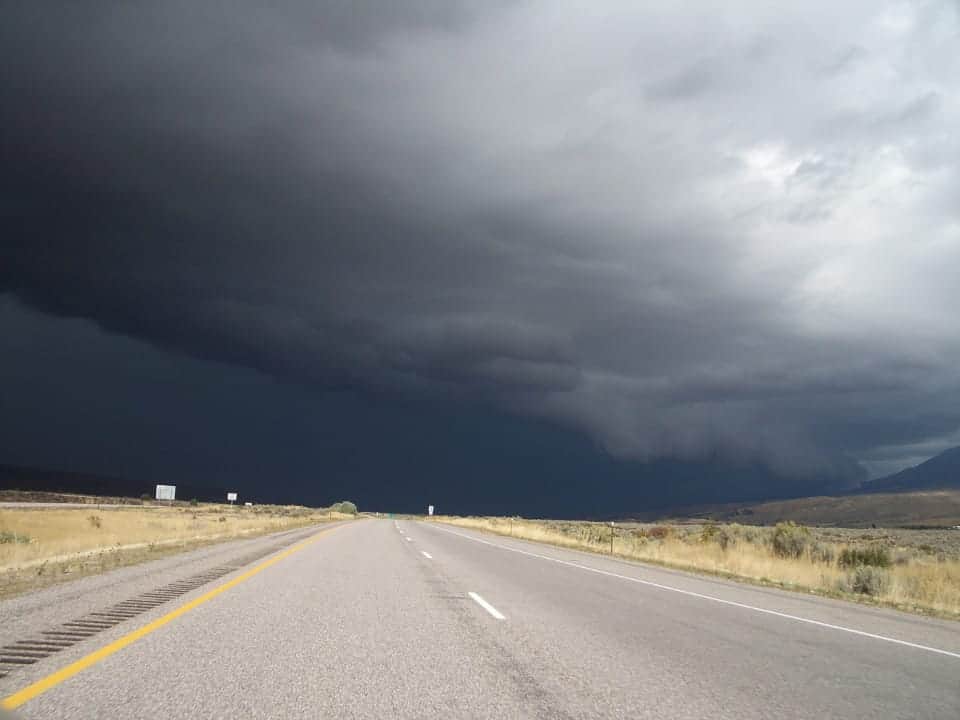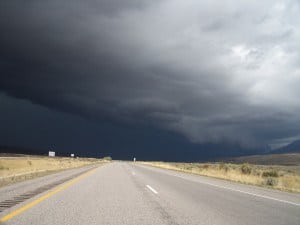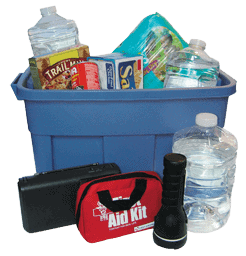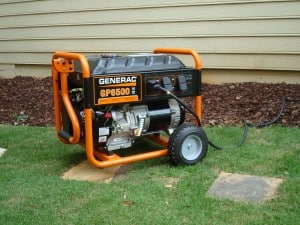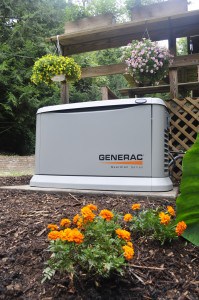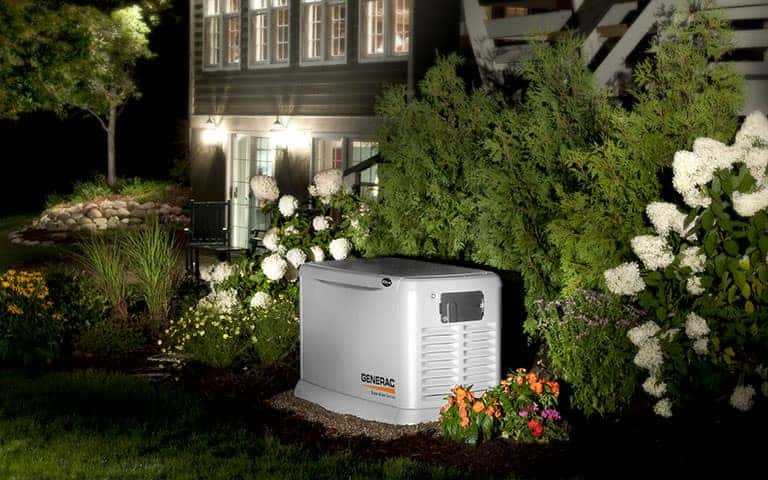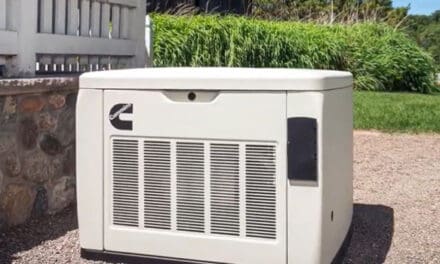The opportunity to test our emergency storm plan came less than two weeks ago. Tornadoes are not common in our area, but they do occur and the siren going off at 2:30 AM demanded action.
Earlier, a severe thunderstorm watch had been issued and then came the tornado watch. As the large storms moved toward us, the thunderstorm warning was issued complete with hail, damaging winds, torrential rain, and frequent cloud-to-ground lightning.
I was awake at 2:30 in the morning to keep an eye on the weather when the sirens began to sound.
My first action was to wake my wife, grab the dog and the phone, and head for the basement bathroom. She called her mother and her sister to make sure they heard the sirens. Outside, we could hear the wind howling around the house and through the trees. Was it a tornado or very strong wind?
We didn’t know.
And then the power went out.
Emergency Kit
A power outage in a wind storm is never a good thing. You don’t know how long it will take to come back on. A wind storm in 2011 destroyed our neighborhood power lines and power was out for more than a week in 100-degree heat with high humidity.
Good thing I’ve kept an emergency kit stocked and ready for more than 30 years. It contains most of the usual things you’d expect and a few you might not. There is a battery operated florescent lantern, two flashlights (recently upgraded to LED type), batteries, candles, strike anywhere kitchen matches (in a zipper bag) BBQ lighter, space blankets, disposable ponchos, plastic tarp, water purification tablets, soap, crayons (they never dry out), and portable radio. Tools include a hatchet, belt knife, and multi-tool among other things.
Up until about 20 years ago the kit was maintained in an old Boy Scout knapsack. Today we keep it in a five-gallon bucket from the home center with a lid. It’s very portable—just grab and run. You can sit on it and if you need to, it holds five gallons of water.
Essential Power
The portable generator kept in our garage is not quite as convenient as a standby generator. Standby systems are fully automatic, operate on natural gas or propane, and start automatically whenever the power goes out. They work with an automatic transfer switch, and there just isn’t a more reliable source of emergency backup power available.
Unlike the portable generator, they don’t require you to venture outside when the rain is coming down in buckets, the wind is blowing 80 miles per hour, and the tornado sirens are blaring.
The only item that needed immediate power was the sump pump and we have a backup that runs from a battery for up to seven hours. I wasn’t too worried about the generator yet. There was plenty of fuel if the power stayed out and we had the lantern, candles, and flashlights. Once we had two candles lit—the tall kind enclosed in glass—we turned the lantern off to save the batteries.
Disaster
If disaster had actually struck, we had two cell phones and a land line phone near the basement bathroom door. When trees fall on power lines however, telephone lines are often broken at the same time. Having two distinct ways to call for help is a good idea; one serves as a backup to the other.
The sirens shut off ten minutes later and the wind died down to a mere gale. When the rain lightened, I went outside to assess the damage and connect the portable generator. I keep it maintained so it is always ready. Put it on the driveway and fill with fuel. Plug it into the inlet box and start it up. After a minute to warm up, I turn on the breaker and the set the manual transfer switch.
We had essential power for lights, the fridge, sump pump, and furnace and A/C.
Afterward
Twenty minutes later, I went back outside and disconnected everything because the power came back on—another reason to upgrade to standby power. It was a relief since the power company had only told us they were still assessing the outage. The outage was probably caused by tree branches hitting the distribution lines and a breaker tripped to isolate the problem.
Two tornadoes were spotted. One by a trained spotter and the other by an actual professional storm chaser. Neither funnel touched down, but the closest persisted for about 10 minutes.
It wasn’t much of a disaster, but it was an emergency and we were ready. I’m going to add an NOAA weather radio to our kit which can provide weather alerts specific to our area. A radio like that could have informed us that the wind outside was just wind and not a tornado.
Being ready with an emergency kit, an action plan, and an emergency source of power made the situation less dramatic. In an emergency, that is important because it helps you focus and remain calm.
Are you ready?

